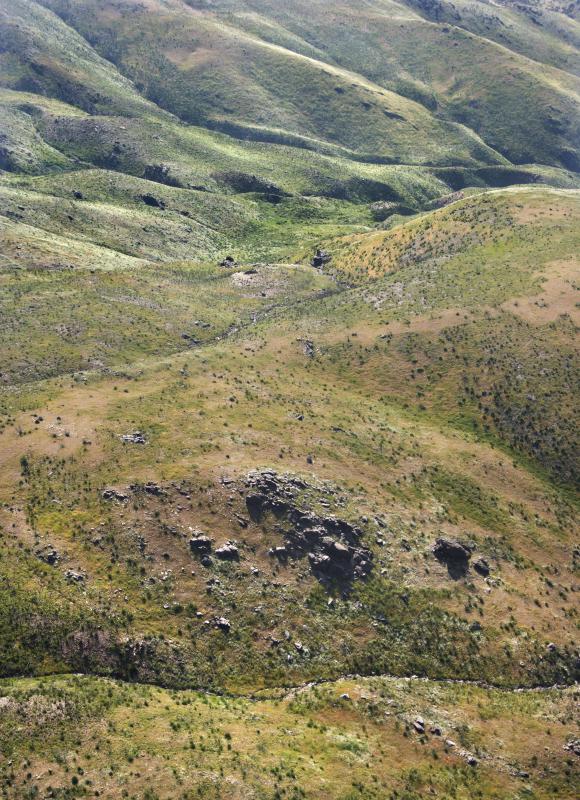At WiseGEEK, we're committed to delivering accurate, trustworthy information. Our expert-authored content is rigorously fact-checked and sourced from credible authorities. Discover how we uphold the highest standards in providing you with reliable knowledge.
What Is 3D Laser Scanning?
Three-dimensional (3D) laser scanning is a technique used to capture accurate digital information about real-world objects and terrain. The process uses a beam or line of laser light to detect the surface of an object and then — either through triangulation or by measuring the time it takes for the laser light to be reflected — calculate its distance from the laser to generate points in 3D space. These points are then linked together by special software to create a virtual model of the real-world object. Unlike some other methods of 3D scanning, 3D laser scanning does not impact or touch the object in any way, making it valuable for scanning fragile or large mounted objects, such as historical artifacts and locations. Depending on the mechanism used to perform the 3D laser scanning, the actual scanner can be a small handheld device, a larger stationary unit with a compartment for objects, or it can even be designed as a system that can be mounted on a moving vehicle, such as a plane.
There are two primary methods used for 3D laser scanning. The first is known as triangulation and involves using a laser that is mounted onto a scanning device with one or more cameras placed in fixed positions relative to the laser. When an object is being scanned, the cameras detect the light of the laser on the surface of the object. By using the angle of the cameras and laser in relation to each other, as well as the distance between them, a triangle can be calculated that determines the distance of the laser from the scanner, giving the location of the 3D point in virtual space.

The second method used in 3D laser scanning also sends out a beam of laser light to the surface of an object, but instead of optically determining the laser distance, the amount of time it takes for the laser to be reflected back to a sensor is measured. The less time taken, the closer the point in space. This method can use high-powered lasers and can scan objects that are a good distance away, as opposed to triangulation's limited range.
Both methods of 3D laser scanning have applications in manufacturing, where objects that are built can be scanned for problems or production defects. The scanners also can be used in entertainment, where physical models or human faces can be digitized accurately so they can be manipulated in 3D animations. One popular use for 3D laser scanning is recording 3D information about artwork, archaeological artifacts and sites, as well as entire topographies, for analysis, comparison and historical preservation.
AS FEATURED ON:
AS FEATURED ON:











Discuss this Article
Post your comments